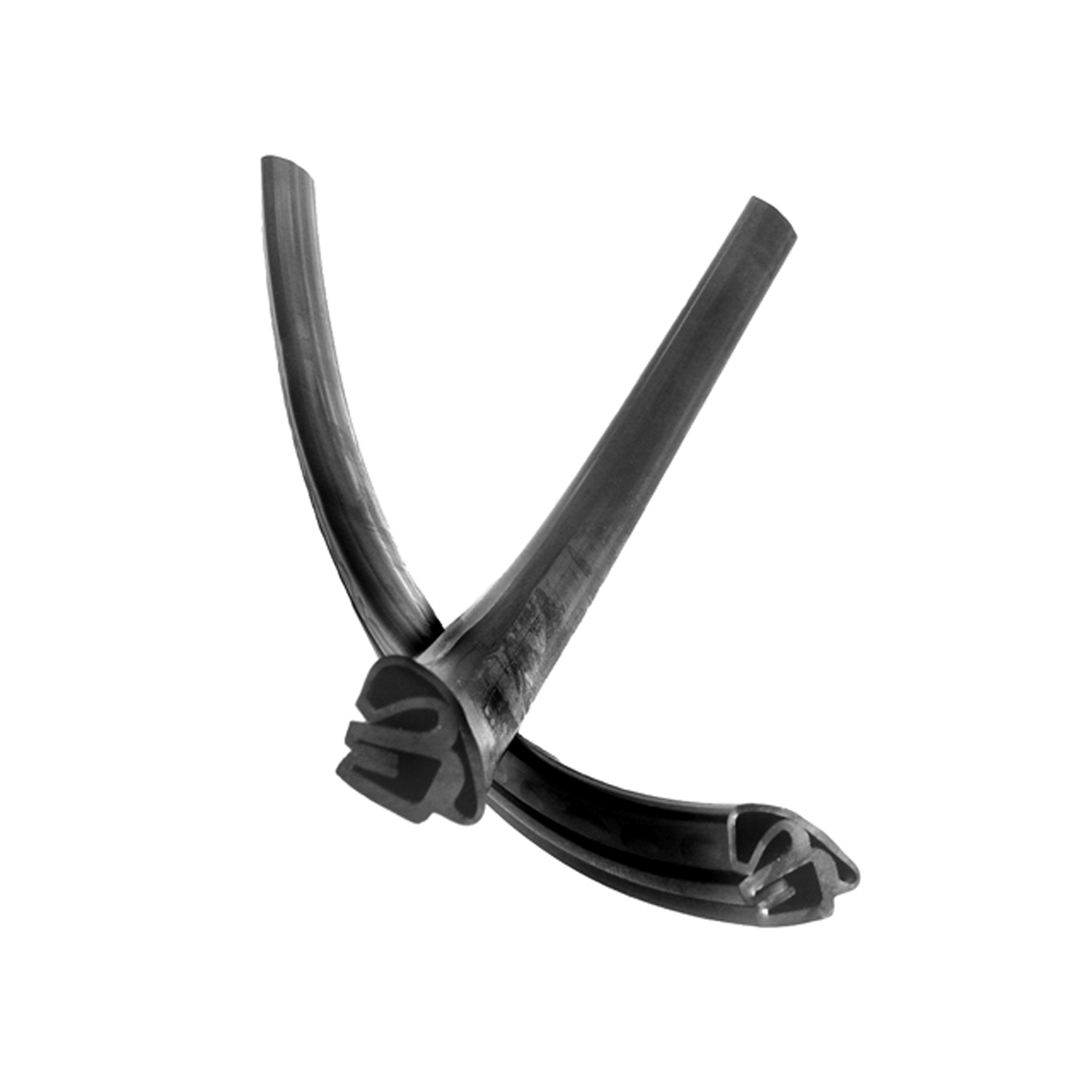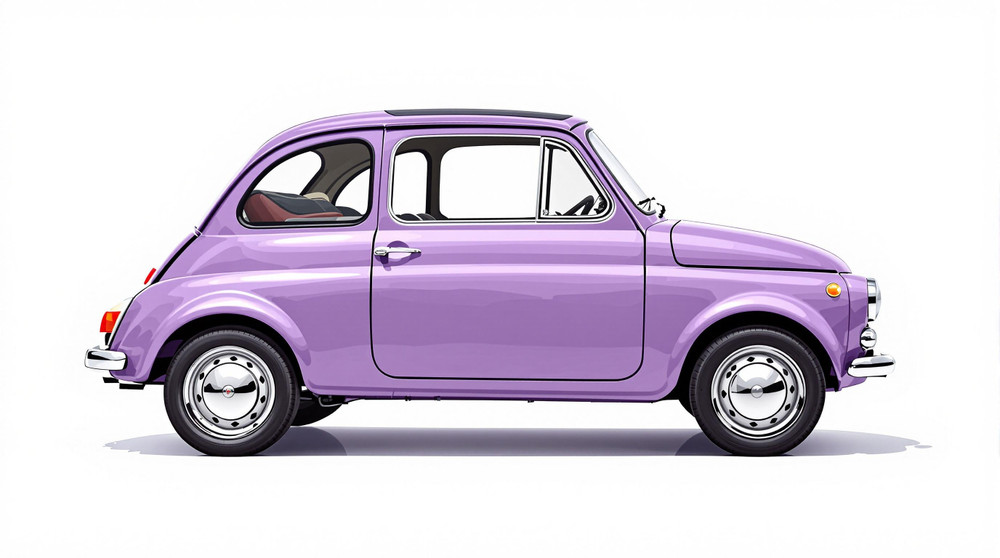Image of 1957 Fiat 500, Note: These illustrations use artistic license and may differ from actual historical models.
Performance Metrics
Fundamental Metrics
Emotional Appeal
MMP Rating
| Engine Specifications | |
|---|---|
| Engine: | Inline 2-cylinder engine |
| Displacement: | 479 cc |
| Horsepower: | 13 hp |
| Torque: | 20 Nm |
| Compression Ratio: | Estimated 6.7:1 |
| Ignition System: | Coil ignition |
| Cooling System: | Air-cooled |
| Performance Specifications | |
| 0-60 Time: | Estimated 59 seconds |
| 1/4 Mile Time: | Not available |
| Top Speed: | 85 km/h (53 mph) |
| Transmission and Drive | |
| Drive Type: | Rear-wheel drive |
| Transmission Type: | 4-speed manual |
| Fuel and Efficiency | |
| Fuel System Type: | Carburetor |
| MPG: | Estimated 52 mpg |
| Dimensions and Brakes | |
| Brakes: | Drum brakes |
| Wheelbase: | 1,840 mm |
| Weight: | 500 kg |
Note: Specifications for classic cars are given to the best of our ability, considering the limited and variant data available.
Unveiling the Charm of the 1957 Fiat 500
The year 1957 witnessed the birth of an automotive icon, the Fiat 500. Crafted by the Italian manufacturer Fiat, this diminutive vehicle emerged as a symbol of post-war recovery, embodying the aspirations of a generation yearning for mobility and independence. The Fiat 500, affectionately known as the "Cinquecento," was more than just a car; it was a revolution on wheels that brought motoring to the masses. Its debut not only marked a significant milestone for Fiat but also left an indelible mark on the cultural fabric of Italy and beyond.
Design and Innovation
The exterior styling of the 1957 Fiat 500 was a masterclass in space efficiency and simplicity. Its rounded contours and compact dimensions exuded charm and practicality, making it an instant classic. Inside, the cabin was surprisingly roomy given its small footprint, with materials that were modest yet durable, reflecting the utilitarian ethos of the era. The technological features were modest by today's standards but were innovative for their time, including a rear-mounted engine and a folding sunroof that offered an open-air driving experience. Color options for the Cinquecento ranged from pastel hues to more vibrant shades, with popular choices including 'Celeste Blu' and 'Verde Chiaro'. The most iconic body style was undoubtedly the two-door sedan, which became synonymous with Italian cityscapes.
Historical Significance
The Fiat 500's impact on automotive design cannot be overstated. It introduced a new category of small, affordable cars that made ownership accessible to many. Its rear-engine layout was innovative and influenced several other designs in subsequent years. The Cinquecento's legacy is one of democratizing mobility and it remains a beloved figure in the pantheon of automotive history.
Performance and Handling
Performance-wise, the 1957 Fiat 500 was never about breakneck speed; it was about nimbleness and economy. With a top speed that hovered around 53 mph and acceleration from 0-60 mph that was measured not in seconds but in patience, it was perfectly suited to navigating narrow urban streets rather than racing down highways. Handling was straightforward with its lightweight body and rear-wheel drive configuration offering a responsive if not sporty ride. Drivers could expect to hear the distinctive hum of its small engine as they traversed cobblestone streets, feeling every nuance of the road through its direct steering.
Ownership Experience
As a daily driver, show car, or even occasional racer in vintage events, owning a 1957 Fiat 500 is about embracing simplicity. Maintenance is relatively straightforward due to its uncomplicated mechanical design, making it accessible for enthusiasts to keep running without specialized expertise.
Fun Facts
The Fiat 500 has seen its share of limelight with appearances in numerous films and even celebrity ownerships. While not known for breaking speed records, it has certainly set records for popularity and longevity with production spanning multiple decades in various forms. Criticisms often centered around its lackluster power output but were usually overshadowed by its charm and practicality.
Collector's Information
Today, collectors cherish the 1957 Fiat 500 for its historical significance and adorable aesthetics. While production numbers were high with over four million units during its lifespan, pristine examples can fetch considerable sums. Values have generally appreciated over time as nostalgia fuels demand for this quintessential Italian classic. A well-maintained or fully restored Cinquecento could command anywhere from $15,000 to $40,000 depending on condition and originality.
Conclusion
From igniting Italy's love affair with the automobile to becoming an emblematic figure in popular culture, the 1957 Fiat 500 is much more than just a car; it's a testament to ingenuity and resilience. As we reflect on its journey from humble beginnings to classic status, one thing remains clear: the Cinquecento's legacy is as enduring as its unmistakable silhouette.
1957 Fiat 500 Catalog of Parts
 1957 Fiat 500 Vertical Seals. Pair-VS 20Vertical Seals. Pair
1957 Fiat 500 Vertical Seals. Pair-VS 20Vertical Seals. PairWhy Choose Metro?
For over 100 years, Metro Moulded Parts has been the pinnacle of quality in classic car restoration parts. Our commitment to precision and authenticity in every component ensures a perfect fit and an OEM-level appearance.
- Expert Craftsmanship & Quality: Each part is a testament to our dedication to reliability and perfection, crafted from original designs and thoroughly tested.
- Advanced Technology: We use cutting-edge techniques to create flawless, long-lasting parts that surpass others in performance.
- SuperSoft Sponge – The Ultimate Door Seal: Not only are our door seals 30% softer than competitors', but they're also guaranteed to never leak. They effectively reduce wind and road noise, enhancing your classic car's comfort and driving experience.
- Proudly American: Our parts are a product of American craftsmanship, made in the USA with a spirit of excellence and heritage.
- Unrivaled Warranty: We back our products with a 30-year industry-leading warranty, a testament to our confidence in their quality.
Join us in preserving the legacy of classic cars with parts that are crafted for perfection, not just made.

